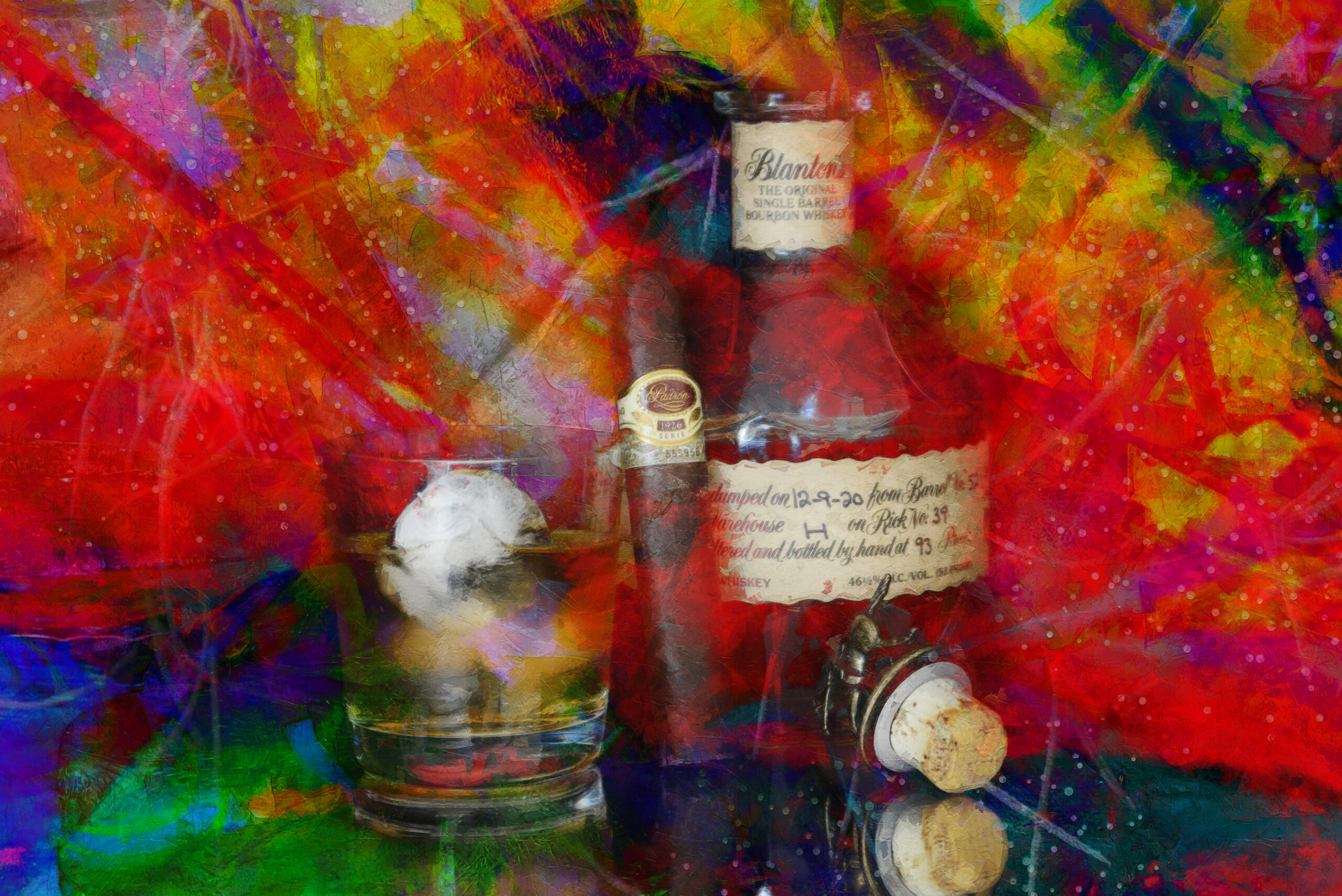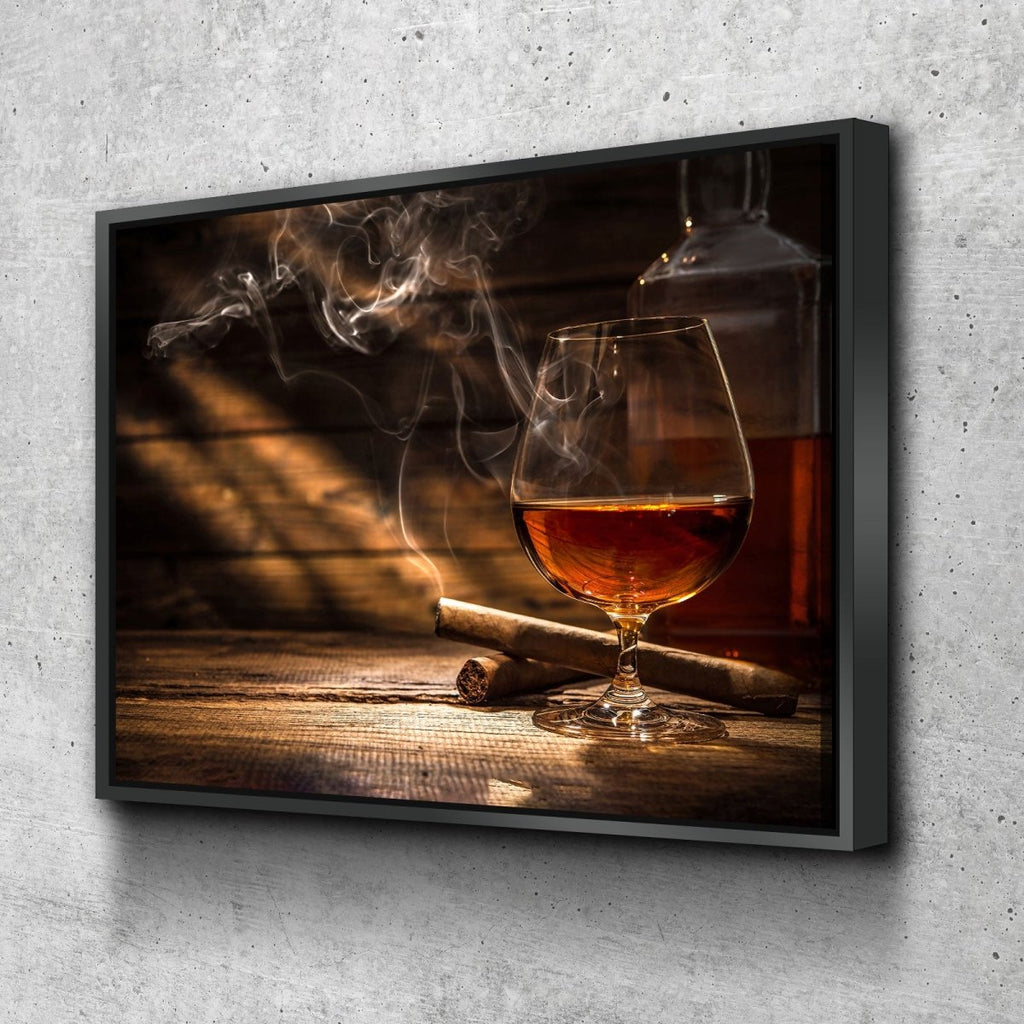Limited Edition Bourbon Art: Why Collectors Are Gathering to Distinct Finds
Limited Edition Bourbon Art: Why Collectors Are Gathering to Distinct Finds
Blog Article
Capturing the Significance of Scotch Art With Special Aesthetic Representations and Designs
The art of bourbon prolongs beyond the fluid itself, manifesting via a selection of aesthetic representations that encapsulate its storied heritage and workmanship. What continues to be to be uncovered is how these developing designs reflect not just the bourbon itself however likewise the changing landscape of artistic interpretation. Bourbon Art.
The Background of Scotch Art

As whiskey production spread, so also did the wish to elevate its experience with art. From the detailed engravings on early barrels to the sophisticated tags of contemporary bottles, each aspect mirrors a distinct artistic vision, offering as an aesthetic story of the scotch's heritage.
In the 18th and 19th centuries, the increase of the commercial transformation even more enhanced whiskey art, bring about ingenious packaging and advertising that caught customer interest. Developers and artists started trying out looks, imbuing whiskey-related imagery with symbolic meanings that shared ideas of area, custom, and workmanship.
Today, scotch art proceeds to progress, blending traditional techniques with modern art kinds. Bourbon Art. This ongoing dialogue between the spirit and its visual depiction underscores the enduring bond in between bourbon and society, enriching the overall experience for enthusiasts worldwide
Iconic Bottle Styles
While several factors add to the allure of bourbon, legendary container styles play a critical function in forming customer understanding and improving the total experience. The aesthetic discussion of bourbon bottles is not simply an aesthetic factor to consider; it serves as a bridge in between the customer and the product, evoking emotions and establishing expectations.
Distinctive forms, materials, and closures can raise a scotch brand's identity, making it instantaneously well-known on crowded racks. The classic Glenfiddich bottle, with its stylish tapered silhouette, shares a feeling of tradition and craftsmanship, while the strong, modern-day layout of the Balvenie container reflects innovation and elegance. The use of tinted glass or unique textures can suggest the high quality and personality of the bourbon within.
Famous styles usually include aspects of social heritage, symbolizing the brand name's background and link to its origins. Brand Names like Jack Daniel's make use of an uncomplicated, robust style that resonates with its American bourbon heritage. Eventually, the influence of container design prolongs past plain functionality; it encapsulates the significance of the brand, welcoming consumers to discover and indulge in the abundant tapestry of scotch society.
Label Artwork and Branding
Container styles frequently set the stage wherefore customers can anticipate, however label art work and branding play a similarly substantial function in interacting a whiskey's identity. The tag acts as the first point of contact in between the customer and the item, encapsulating the significance of the bourbon within its aesthetic aspects.
Efficient label art work incorporates shade, typography, and imagery to create a narrative that reverberates with the brand's heritage and target audience. For example, a tag featuring elaborate illustrations and classic font styles may stimulate a sense of tradition and craftsmanship, interesting connoisseurs. On the other hand, strong colors and modern-day design components may bring in a younger market seeking technology check these guys out and enjoyment.


Digital Photography and Visual Storytelling
Catching recommended you read the significance of bourbon through photography and visual narration is an art kind that boosts the brand experience. This medium transcends simple item depiction, diving into the elaborate narratives that border each container. By using engaging images, photographers can evoke emotions that resonate with consumers, eventually creating a much deeper link to the whiskey brand.
Visual storytelling in whiskey photography typically makes use of abundant appearances, lights, and make-up to highlight the one-of-a-kind characteristics of the spirit. The interplay of light and shadow can accentuate the brownish-yellow hues of bourbon, while the choice of history aspects-- such as rustic barrels or sophisticated glasses-- can enhance the brand name's heritage or way of living organizations.
Additionally, catching the ritualistic elements of whiskey consumption, from the putting to the sampling, welcomes audiences into a sensory experience, allowing them to imagine the tastes and fragrances that wait for. Each photograph not only showcases the item however likewise tells a story of workmanship, custom, and the moments that whiskey can boost - Limited Edition. Therefore, photography becomes an effective tool in articulating the identification of scotch brands, placing them within the more comprehensive cultural landscape
Emerging Fads in Scotch Art
The development of scotch art is increasingly formed by modern patterns that reflect broader societal shifts and customer choices. One noticeable pattern is the integration of sustainability right into art methods. Artists are currently utilizing green processes and recycled products to produce whiskey-themed items, resonating with eco mindful customers. This shift not just highlights the significance of sustainability yet likewise boosts the narrative bordering whiskey manufacturing.
In addition, digital art has risen in popularity, enabling cutting-edge depictions of whiskey. Artists are leveraging modern technology to craft immersive experiences, such as augmented truth installments that involve audiences and supply a much deeper understanding of whiskey's cultural relevance. This fad also extends to social media sites systems, where visually striking content garners interest and promotes area amongst enthusiasts.
Additionally, partnerships in between bourbon brand names and musicians are coming to be more prevalent. These partnerships produce limited-edition product packaging styles and special art work that commemorate both the workmanship of bourbon and the creative thinking of musicians. As bourbon art proceeds to develop, these arising fads will certainly shape its future, fostering a dynamic crossway of culture, sustainability, and innovation within the scotch neighborhood.
Conclusion
In final thought, the art of scotch encompasses a diverse array of visual depictions that mirror its abundant heritage and craftsmanship. From renowned bottle styles and complex label artwork to engaging photography, each component adds to a broader story that enhances the customer's experience. As arising trends, such as electronic art and sustainability, remain to form this artistic landscape, the multifaceted identification of scotch remains an enduring resource of cultural connection visit their website and expedition.

In verdict, the art of bourbon incorporates a varied variety of visual representations that reflect its abundant heritage and workmanship.
Report this page